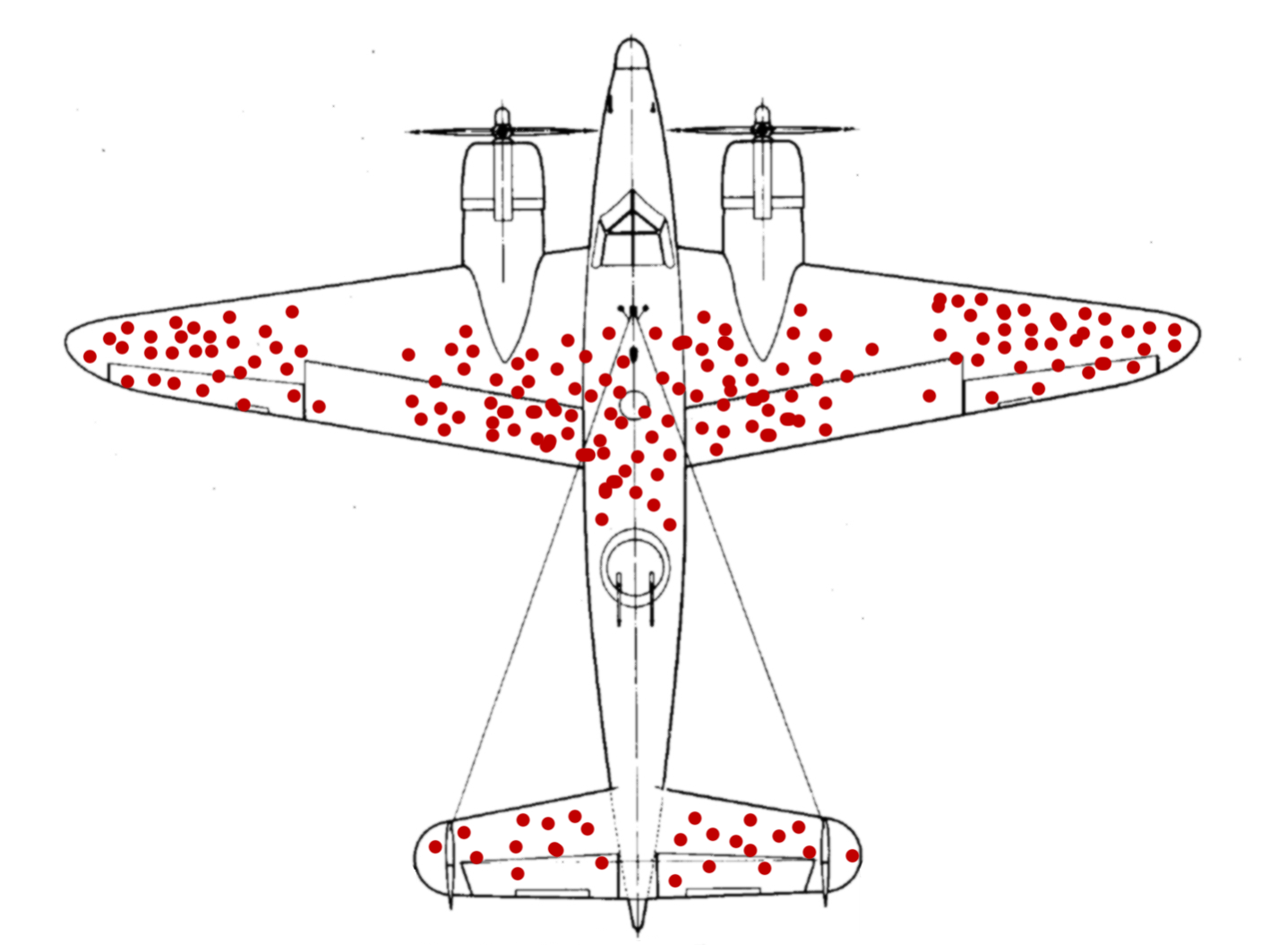Fallacies of Thinking No.1 - ‘Neglect of the absent’
Humans are less than perfect decision makers. There are a number of ‘fallacies’ of thinking we fall prone to. Today we take a look at a phenomenon called ‘neglect of the absent.’
During WW2, the action in the air was as fierce as it was on the ground.
Only 24% survived the war unscathed.
Particularly risky were the nighttime bombing raids over Germany which resulted in many planes being hit by anti-aircraft guns.
So great was the damage and loss of life that something had to be done to counter this problem.
The RAF consulted a preeminent mathematician named Abraham Wald who worked in the SRG (Statistical Research Group) and shared with him diagrams of the bullet ridden planes that had made it home.
The expectation was that Wald would request for the armour to be added to the areas where the most bullets had hit.
Instead, he recommend the exact opposite - for the armour to be added to the areas where there were no holes.
Can you guess why?
His reasoning was that the data sample did not include the planes that had been shot down and did not return home.
The fact that there were no holes near the cockpit, engines and tail of the surviving planes indicated that these areas were the ones least able to withstand bullets.
The mistake the RAF had made was to discount the information that wasn’t available to them.
This is a fallacy known as ‘neglect of the absent.’
Learn about more fallacies of thinking by visiting our website and signing up to our upcoming course 'Think Like Sherlock: How to solve problems like a veteran detective.'





